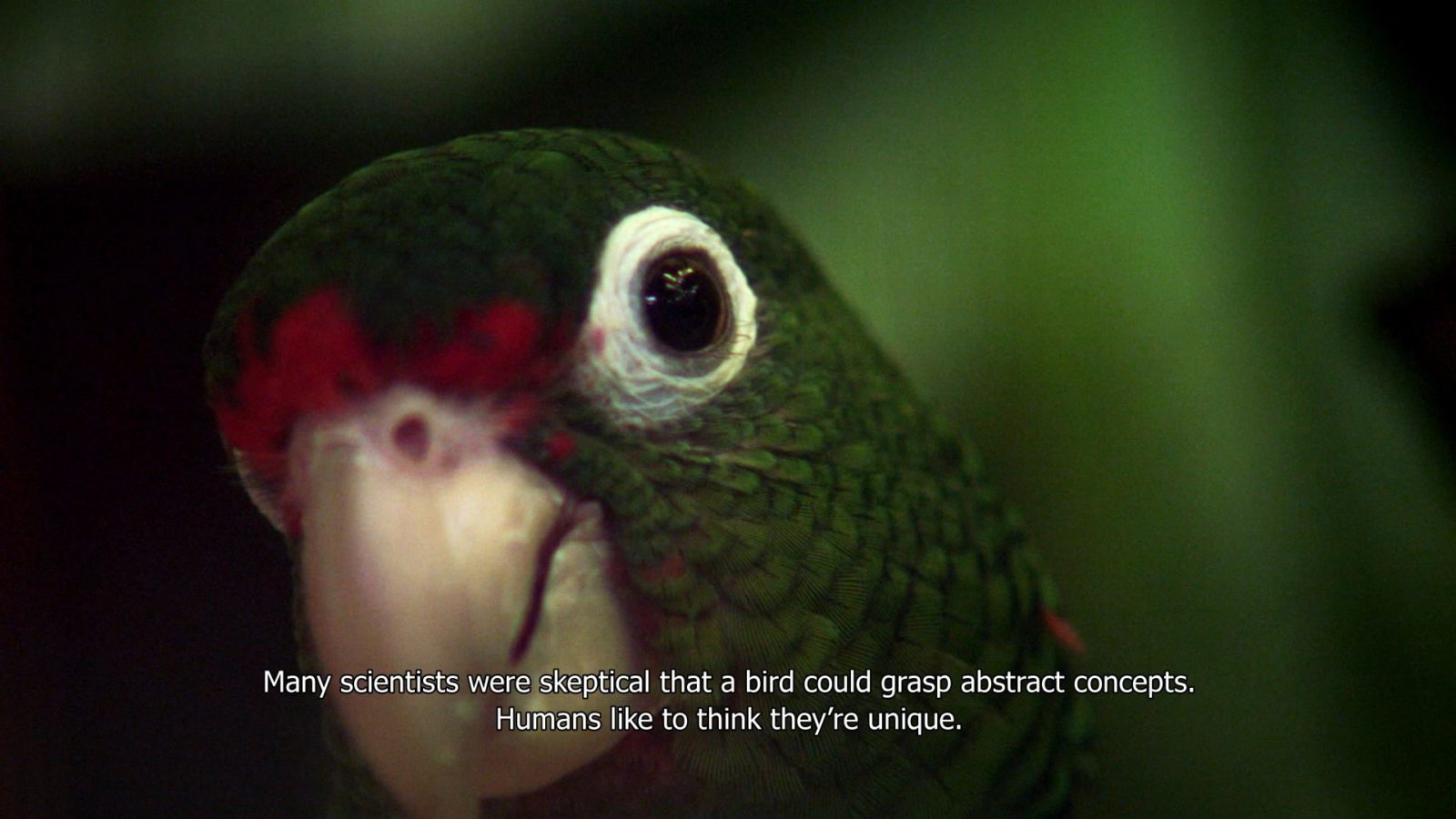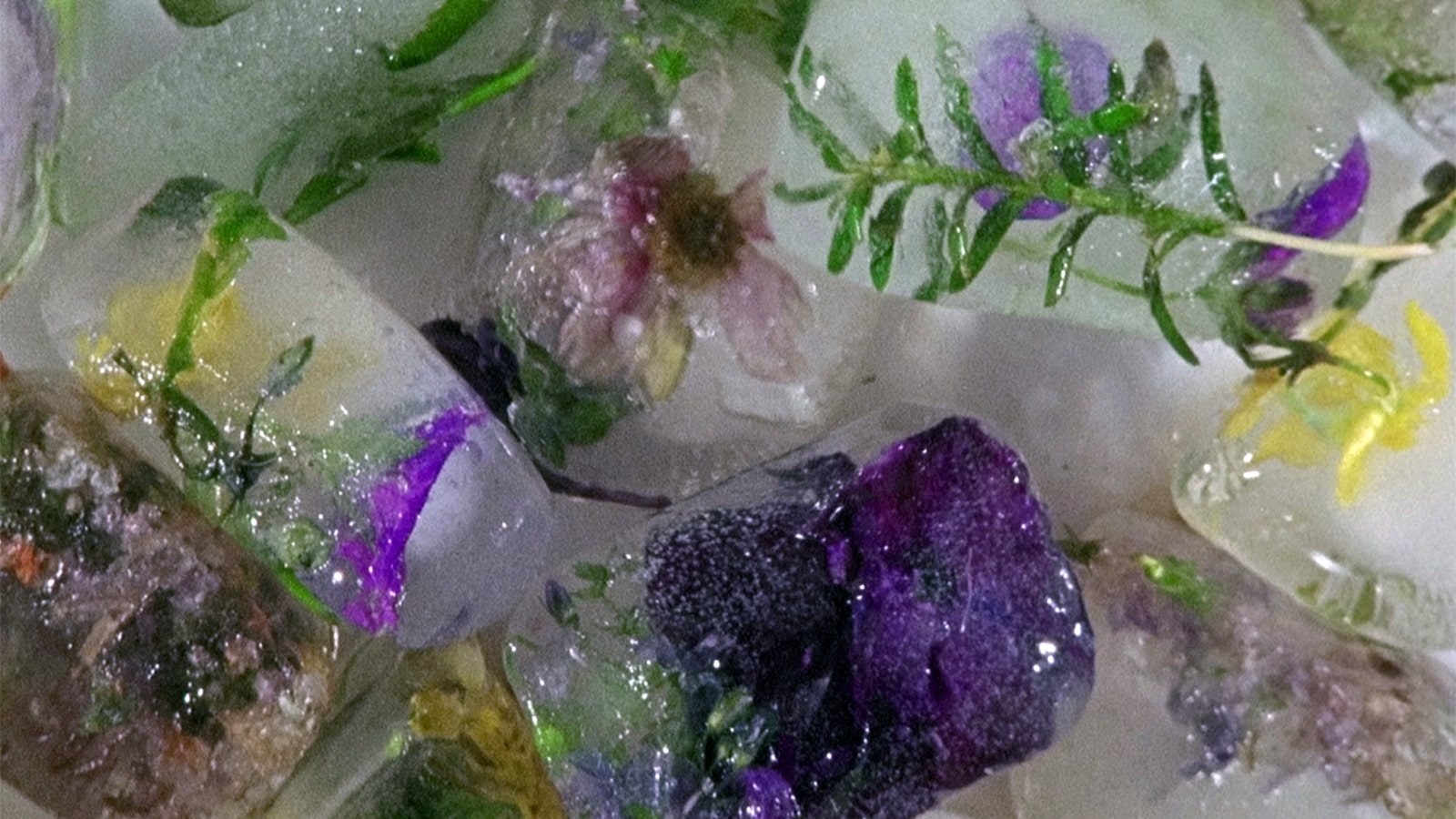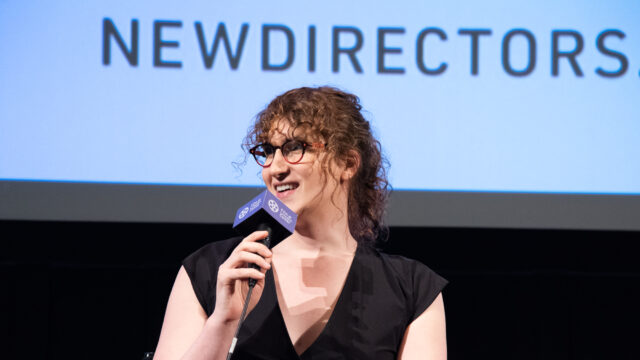Program 5: Collaborative Survival
“How other kinds of beings see us matters,” observes Eduardo Kohn in his eco-ethnographic study How Forests Think. This program pivots on this notion from different ontological perspectives, imagining how plants and animals might see, focusing on microscopic views, images of decay, forest floor–level views, and other attempts at non-human-centered perspectives. The films in this program, consequently, are experienced as immersive, saturated, and sometimes even psychedelic, breaking from what could be thought of as typical documentary or ethnographic aesthetics.
Comfort Stations
Anja Dornieden & Juan David González Monroy, Germany, 2018, 16mm, 26m
This captivating collection of found footage consisting in large part of biological processes and natural life comes from a set of film prints discovered by the co-directors. The original films were apparently intended as an amateur psychological test, where the viewer’s behavior is observed. The resulting work is a mesmerizing montage of life processes and undulating images.
Discoveries on the Forest Floor
Charlotte Pryce, UK, 2007, 16mm, 4m
A Study in Natural Magic
Charlotte Pryce, UK, 2013, 16mm, 3m
Recalling early photographic botanic studies through techniques such as heliographic models and animation, these two works by filmmaker Charlotte Pryce create moments of visual alchemy and cinematic wonder, centered on natural alterities.
Eroded Pyramid
Colectivo Los Ingrávidos, Mexico, 2018, 9m
The flicker of rock vestiges from a Mexican pyramid proffers an earthly hallucinatory cinematic experience, bringing us back to the lost rituals that the archeological site once hosted. The geological ground becomes psychotropic, uncovering buried memories of lost times.
The Great Silence
Allora & Calzadilla with Ted Chiang, USA, 2014, 17m
The Arecibo Observatory in Puerto Rico is the site of what used to be the world’s largest single-aperture radio telescope, which transmitted and captured radio waves at the edges of the universe. It was situated near the Río Abajo State Forest, home to the last wild population of critically endangered Puerto Rican Amazon parrots. The Great Silence explores this relationship, and more broadly the connections between humans and animals, the terrestrial and the cosmic, the living and the decayed. Courtesy of the artists and Gladstone Gallery
Jiíbie
Laura Huertas Millán, Colombia/France, 2019, 24m
The fabrication ritual of a green coca powder (called mambe or “Jíibie”) unveils an ancestral myth of kinship. In the Muiná-Muruí Amazonian community, the coca plant is not a product, but a sacred interlocutor, the beating heart of a collective body.
Wasteland No. 2: Hardy, Hearty
Jodie Mack, USA, 2019, 16mm, 7m
A silent animation featuring flowers freeing themselves from melting ice, only to be slowly replaced by rooted plants, which themselves grow flowers again. Petals, frozen cubes, and leaves billow alluringly in this hypnotic process.








